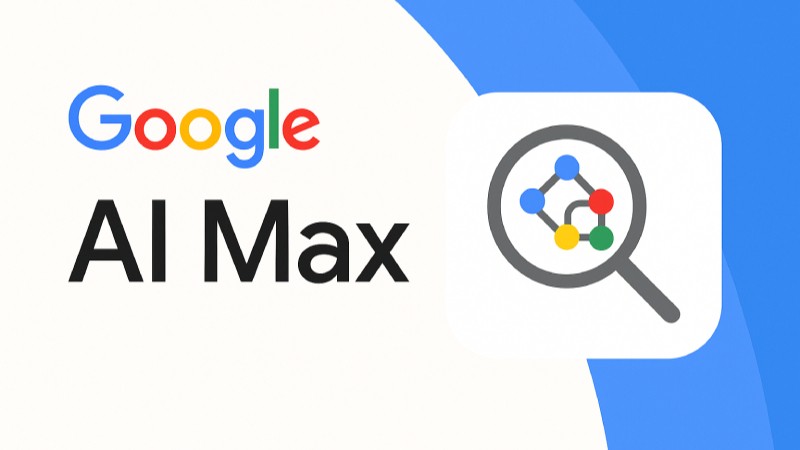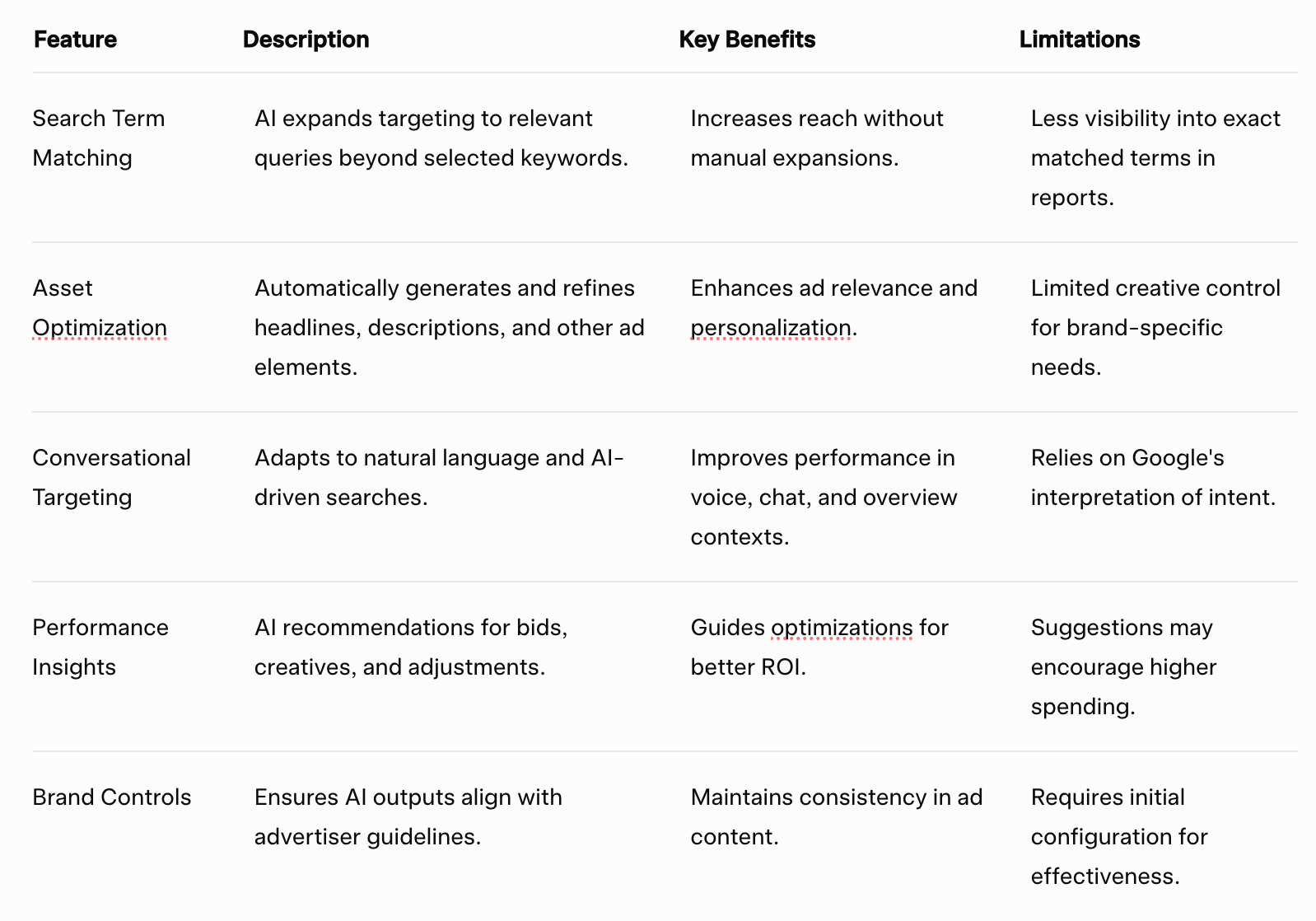
In the evolving landscape of digital advertising in 2025, Google Ads AI Max stands out as a powerful AI-driven feature designed to enhance Search campaigns. Launched earlier this year, AI Max leverages Google's advanced artificial intelligence to improve targeting and creative elements, making it easier for beginners to achieve better ad relevance and performance. This guide breaks down what Google Ads AI Max is, how it works, and its key benefits, providing a clear path for new advertisers to get started. With the recent rollout in May 2025, AI Max addresses the shift toward intent-based searching, helping campaigns capture more opportunities in a competitive environment.
Google Ads AI Max was introduced in May 2025 as part of Google's ongoing integration of AI into its advertising platform. Initially tested in beta under the name "Search Max," it became widely available by summer 2025, allowing all advertisers to access its features globally. The development of AI Max builds on Google's machine learning advancements, drawing from technologies like those used in AI Overviews and conversational search. By July 2025, updates included a new "AI Max" search match type in reports, providing visibility into automated performance. This feature reflects Google's response to changing user behaviors, such as increased natural language queries, aiming to simplify campaign management while boosting results.
Google Ads AI Max is a suite of AI-powered enhancements for Search campaigns that go beyond traditional keyword targeting. It uses Google AI to match ads to a broader range of search terms based on user intent and automatically optimizes ad assets for relevance. Unlike standard match types, AI Max focuses on capturing new opportunities by understanding the context of searches, making it ideal for beginners who may not have extensive keyword lists. In essence, it automates much of the optimization process, allowing advertisers to focus on strategy rather than manual adjustments. As of July 2025, it's fully integrated into the Google Ads interface, with no additional setup required beyond enabling it in campaign settings.
Google Ads AI Max includes several core features that leverage AI for better campaign outcomes. Below is a structured table summarizing these features, followed by detailed explanations.

These features collectively make Google Ads AI Max a beginner-friendly tool for modern Search campaigns.
AI Max operates by integrating Google's AI models into the core of Search campaigns. When enabled, it analyzes user queries in real time, using machine learning to predict intent and match ads accordingly. For asset optimization, it pulls from provided content to generate and select the best combinations. The process is automated: advertisers input basic campaign details, and AI handles expansions and refinements. In the background, it continuously learns from performance data to improve over time. As of the July 2025 update, reports now include the "AI Max" match type, giving insights into how AI-driven matches contribute to results. This workflow simplifies setup for beginners while adapting to 2025's AI-influenced search behaviors.
Google Ads AI Max offers several advantages, especially for those new to PPC. It expands campaign reach by capturing untapped search opportunities, potentially increasing impressions and conversions without extra effort. Asset optimization leads to more relevant ads, improving Quality Scores and lowering costs. For beginners, the automation reduces the complexity of keyword management, allowing focus on creative strategy. In 2025, with conversational search on the rise, AI Max ensures competitiveness in dynamic environments. Overall, it democratizes advanced AI, making high-performance campaigns accessible to smaller advertisers.
Setting up Google Ads AI Max is straightforward, even for beginners. Start by navigating to your Search campaign in the Google Ads dashboard. In the settings tab, look for the "AI Max" toggle and enable it. Provide initial assets like headlines, descriptions, and landing page URLs for optimization. Set brand controls if needed to guide AI outputs. Once activated, monitor the search term report for the new "AI Max" match type to track performance. Test with a small budget initially, and use recommendations to refine. The entire process takes minutes, with no additional costs involved.
Since its May 2025 launch, AI Max has shown promising results, with early reports indicating 20-30% improvements in reach and relevance for Search campaigns. Advertisers note higher conversion rates due to better intent matching, particularly in competitive niches. In July 2025 updates, enhanced reporting has helped users quantify AI contributions, revealing uplifts in ROAS. However, performance varies by industry and setup quality, with some beginners seeing gradual gains as AI learns from data.
AI Max integrates natively with Google Ads ecosystem tools like Google Analytics for tracking and Merchant Center for Shopping campaigns. It supports API connections for advanced data exports but is primarily designed for use within Google Ads. Compatibility with third-party platforms varies, often requiring manual syncing. For 2025 advertisers using multi-tool setups, this seamless Google integration is a strength.
Support for AI Max is available through the Google Ads Help Center, featuring detailed tutorials, chat support, and community forums on Reddit and Google's own channels. As of July 2025, updated guides address common questions on the new match type. Response times are generally quick, with resources tailored for beginners.
Google Ads AI Max is a game-changer for beginners in 2025, offering AI-powered enhancements that make Search campaigns more effective and accessible. By focusing on intent and automation, it aligns with modern search behaviors, providing a solid foundation for PPC success.
